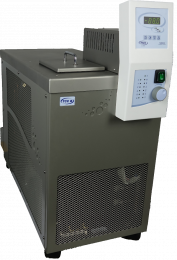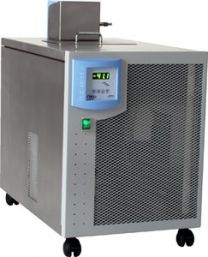ASTM D97 & D2500
The ASTM D97, ASTM D2500, ISO 3015, ISO 3016, IP 15 and IP 219 test methods cover and are intended for use on any petroleum product. The cloud point procedure formerly part of this test method now appears as test method ASTM D2500. The pour point describes a procedure for testing the fluidity of a petroleum product at a temperature. The cloud point is defined as the temperature of a liquid specimen when the smallest observable cluster of wax crystals first appears upon cooling.





